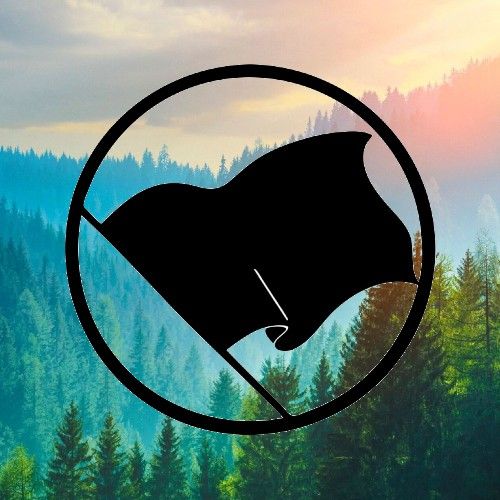Resilient structures need to be integrated symbiotically with resilient ecology. I think for farms and such this is a lot easier to conceptualize but what about other aspects of society that we'd like and need to carry on? Education, healthcare, arts, sanitation, housing, energy, etc. A lot of the task is making these things sustainable enough so that we have don't have to create a non reciprocal relationship between us and the land/ecology. Instead living for each other.
@AlesanderEtx well i dont think all these things would be as separated as they are now so to me a lot of this falls under general resilient design
@AlesanderEtx makes sense. for me it feels impossible to think about how i'm going to design my house without thinking about how a garden/habitat and other stuff is going to be designed around it
@ZiaNitori I guess another thing that plays into this with the Fanya Juu system is how it builds terraformation in the form of these trenches and mounds only when it benefit's the ecology as well. The trench/mound basically collecting nutrients that would otherwise run off in it's contemporary state as a slope now moving it upwards with little expense on both the land and the human labor invovled

@ZiaNitori I really enjoy the agricultural designs found in Kenya with their terraced farming practice (Fanya juu) as a great example of this kind of mentality. I'll just link a diagram below but working with the ecology and landscape rather than against is the MONEY GRINDSET as it were